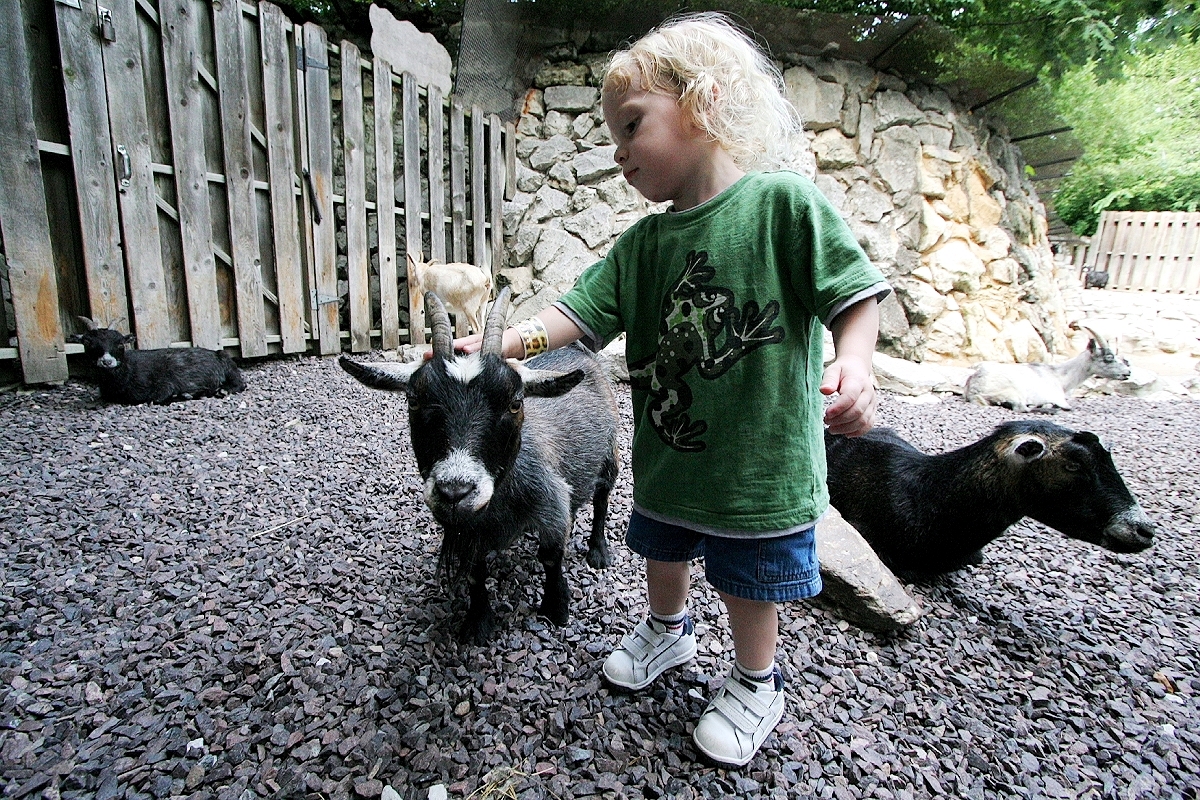
What is it?
Interactions with animals can vary immensely; they can range from big establishments with no animal contact such as zoos, small animals at a farm park.
What does it involve?
The basis of all encounters with animals is to interact with them! Sometimes it may be from a distance to ensure safety on both sides, but you can often get up close; you can train and even ride some animals.
Why do it and what are the benefits?
Spending time with animals has been proven to be beneficial in many aspects of life and development - it can teach things such as compassion, responsibility, and discipline for both yourself and others.
What equipment do we need?
Depending on what sort of animal encounter it is, the equipment involved will vary. For example, riding a horse requires a lot more specialist equipment than stroking a cat! Make sure to check with your destination to see if you need to bring anything.
Who is it suitable for?
Animal encounters are suitable for pretty much anyone - always be careful with smaller children though, as they may not understand how to handle them properly.
Costs?
Can vary from free to reasonably expensive. Grounds that are open to the public and free to enter can often have wildlife roaming around to admire, but more extravagant establishments such as zoos with many more animals will undoubtedly cost more!
Issues/Things to think about? (unsuitable for age groups, medical conditions etc)
Be aware of allergies when it comes to animal encounters; although mild allergies are much more common, the risk of a student having a severe reaction means you should exercise caution if there is going to be physical contact with an animal.
How do we include?
It will depend entirely on the type of animal encounter, but in general these kinds of activities will be great to include all students in, as everyone can interact with an animal in some manner.
Doing it abroad?
The variety of animals abroad will often vary greatly from our own, and encountering them can be a once in a lifetime opportunity! Foreign nature and safari parks can be great places to visit, so make sure to check out your destination thoroughly to see if there's one you can take a trip to.
Main website:
Check out individual websites for specific information on what's available for you to do!



